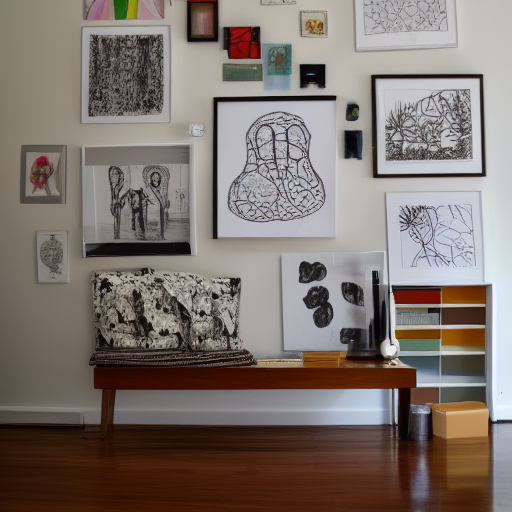Getting organized doesn’t have to be an overwhelming process. Instead of trying to conquer one big task at a time, work on one or two smaller projects. These projects will make you feel more productive and satisfied, and will take you less time. For example, you can create different zones in your home for different storage needs.
Getting organized requires fewer steps
Organization can increase your concentration and reduce stress. By getting rid of clutter in your workspace, you’ll have more time for strategic and skilled work. When you know where everything is, you’ll be more efficient. Getting organized can seem overwhelming at first, but breaking it down into smaller steps will make it more manageable.
Organizing doesn’t have to be complicated
There are several rules of organization that will simplify the task of putting your things in order. When organizing your home, focus on items you use frequently, and not on items you’d rather leave unorganized. By keeping the most commonly used items and the most frequently organized times in mind, you will be more likely to maintain order and efficiency.
Organizing products can become clutter
You can get organizing products in the store but they are not the answer to a clutter free house. Purchasing more “stuff” will just make your home feel more cluttered and harder to keep organized. Organizing products are not designed to eliminate clutter; they are simply a way to hide the mess.
Clutter is the result of a lack of proper organization and a lack of a place for items. Professional organizers recommend storing items in rooms where they are used the most. You should also keep frequently used items in an easy to access location. You may be tempted to buy organizing products before organizing your home.
Creating zones for storage
If you want to maximize your storage space, you should create zones for specific items. The kitchen, for example, should have a zone dedicated to dishes and cookware. A family room zone can have storage for DVDs, toys, and books, while a home office zone can be used for office supplies and tech gadgets. It’s a good idea to create zones for certain items based on how often you use them. For example, a pull-out storage basket in the kitchen can hold rolls of parchment paper or boxes of baggies.
Once you’ve designated a zone for different items, it’s time to find the best places to keep them. Think about how often you use these items, such as when you’re getting ready or when you’re cleaning. A dedicated area makes it much easier to locate what you need quickly and put it back where it belongs. You can also designate a separate storage space for household documents, arts and crafts, and laundry or cleaning products.
Another smart idea is to designate a drop zone. This is a convenient place to put important items and minimize the risk of losing them. Most people use a drop zone at the entryway, but you can place it anywhere in your home where people come and go. Creating drop zones is a great way to minimize the chances of losing anything and avoiding clutter.
A walk-in closet is another great place to create organizational zones. You can organize it with shelves and hooks for shoes, or create a space for double hang or long hang. Creating these zones can be simple, and you can do it quickly and easily with the right tools.
Labelling items to create a sense of order
Labelling items can create an orderly home by making it easy to locate items. For example, labels on drawer organizers can indicate which items belong where. Labels on kitchen drawers can be used for items like baking utensils and spatulas. Clothing divider inserts can be used to identify items such as winter socks or bikinis. Labelling items can also help you group similar items together.
When labelling items to create order in your home, make sure that the label is easily removable. If the item is too fragile or too delicate to be removed, you can write the ingredients or the date on the label. Alternatively, you can print out a picture label and laminate it. If you do not want to go through the trouble of re-laminating the label, you can use bin clips, which fit over bins.
Using a label maker is a great option for people with limited vision. A simple label maker allows you to write on a label without a computer and can be used for a variety of things. For example, you can label clothes and other items with a simple label maker. Once you’ve learned how to use it, try re-labeling a few items. If you’re still having trouble, try it once a week.
Another option for labelling items is using chalkboard paint. This type of label works great for jar lids and storage containers because it can be wiped clean and rewritten. Chalkboard paint also makes it easy to rewrite the labels as often as needed. Chalkboard markers are available at most craft stores and online.












